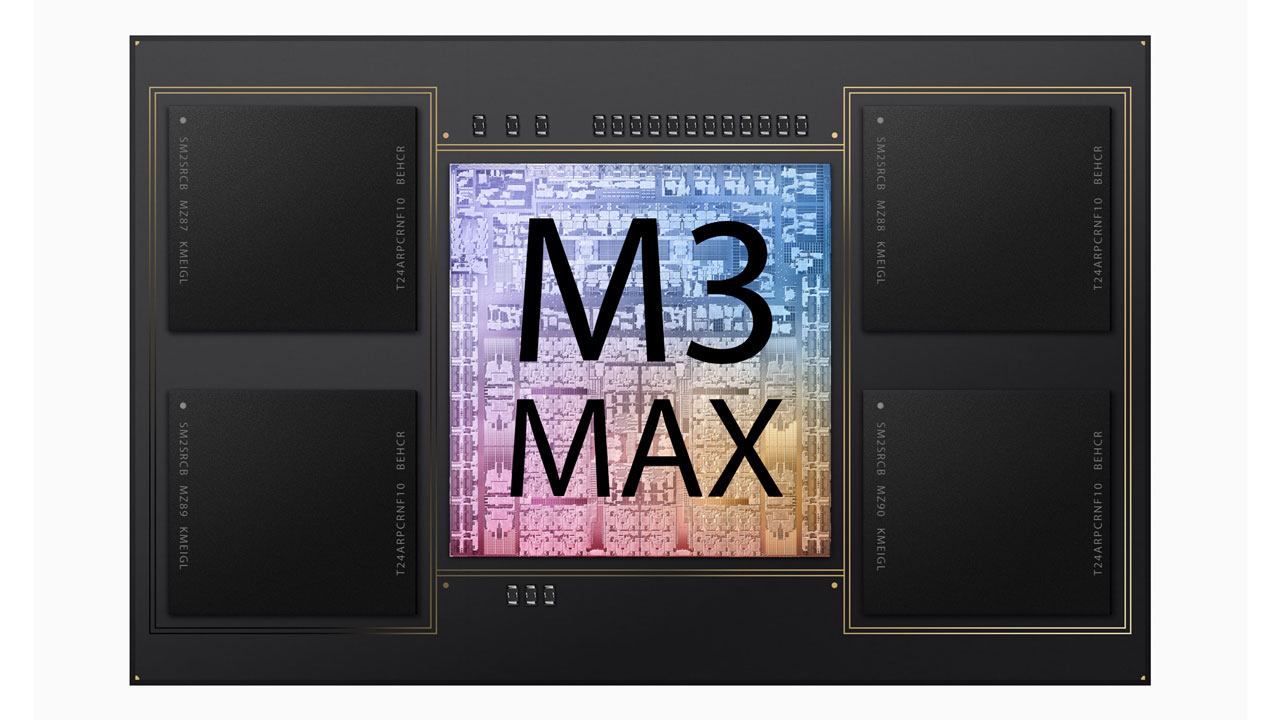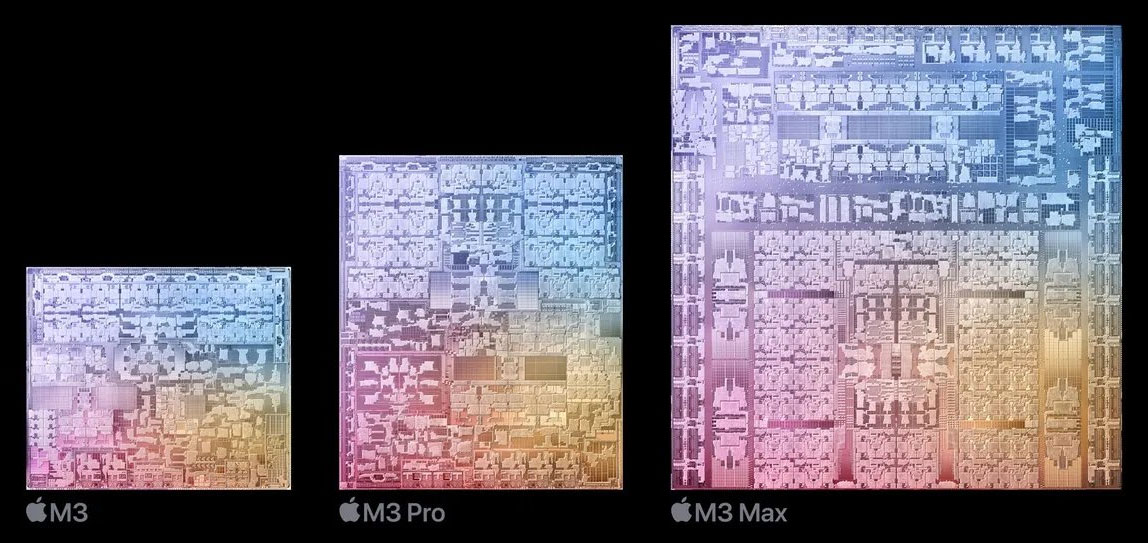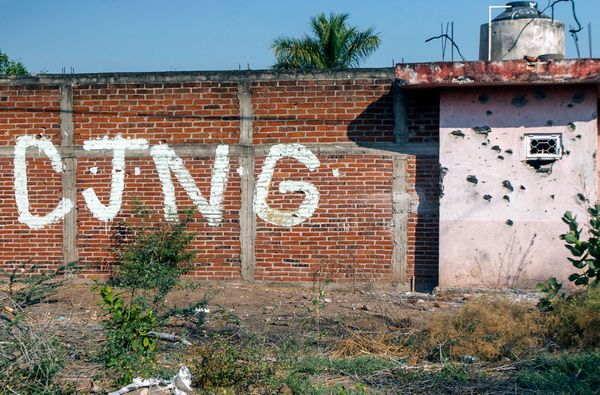
Earlier today, we reported on the newest raft of Apple Macs with the latest M3, M3 Pro, and M3 Max processors, fresh from Apple’s ‘Scary Fast’ event. We discussed the differences between Apple’s alluring new silicon chips, but Twitter/X user High Yield has created some annotated die-shot images that provide a useful visual contrast between the trio of TSMC N3B fabricated processors.
And here's the entire #Apple M3 family picture, with the base M3, M3 Pro and M3 Max. All produced in TSMCs N3D process node. #AppleEvent If you have any input/corrections, please let me know! pic.twitter.com/BcamFFrBulOctober 31, 2023
The comparison graphic with its annotations and color coding helps show how different the members of the M3 family really are. The entry-level, to pro, to max changes are quite extraordinary, in a way that makes saying “My Mac has an M3 inside” almost meaningless.


High Yield’s color coding helps us quickly get a high-level view of the relative sizes of each of the different building blocks of a modern SoC, across the trio of processors shown here. As we move through the range, you can see that Apple engineers have prioritized certain features more than others.
CPU cores counts ramp up from 8 to 12 to 16 as we move from left to right in the graphic overview, so there's a doubling overall (ignoring core types). However, the bigger change is with the GPU, where there's a quadrupling of GPU cores moving from M3 to M3 Max. Likewise, it looks like Apple SoC designers have emphasized processor design features such as caches and I/O on the high-end chip. This is one way different processors in a family can target different intended workloads.
Though that might sound dismissive of the little Apple M3, its 25 billion transistor count is almost 2.5x more than AMD used in the highly capable Ryzen 7 5800H laptop APU. Looking at the M3 Max from the perspective of outside references, its 92 billion transistor count edges past AMD’s Epyc Genoa (90 billion transistors, 96 CPU cores) — a processor that sports 12 separate CPU chiplets along with a larger IO die. The M3 Max also uses significantly more transistors than Nvidia’s GH100 Hopper GPU (80 billion).
Of course, all of the GH100 is dedicated to GPU work, where Apple's M3 Max is a complete SoC handling a variety of workloads. Apple has shared some lofty performance claims for the new M3 range, and their respective CPUs, GPUs, and NPUs. Hopefully, we'll get our hands on some test machines featuring its latest silicon shortly to see if they live up to their billing.
The next significant step for Apple and its chipmaking partner TSMC will necessitate the move from FinFet to GAA. TSMC's future 2nm-class parts will be a very important transition for many of the giant tech companies.







